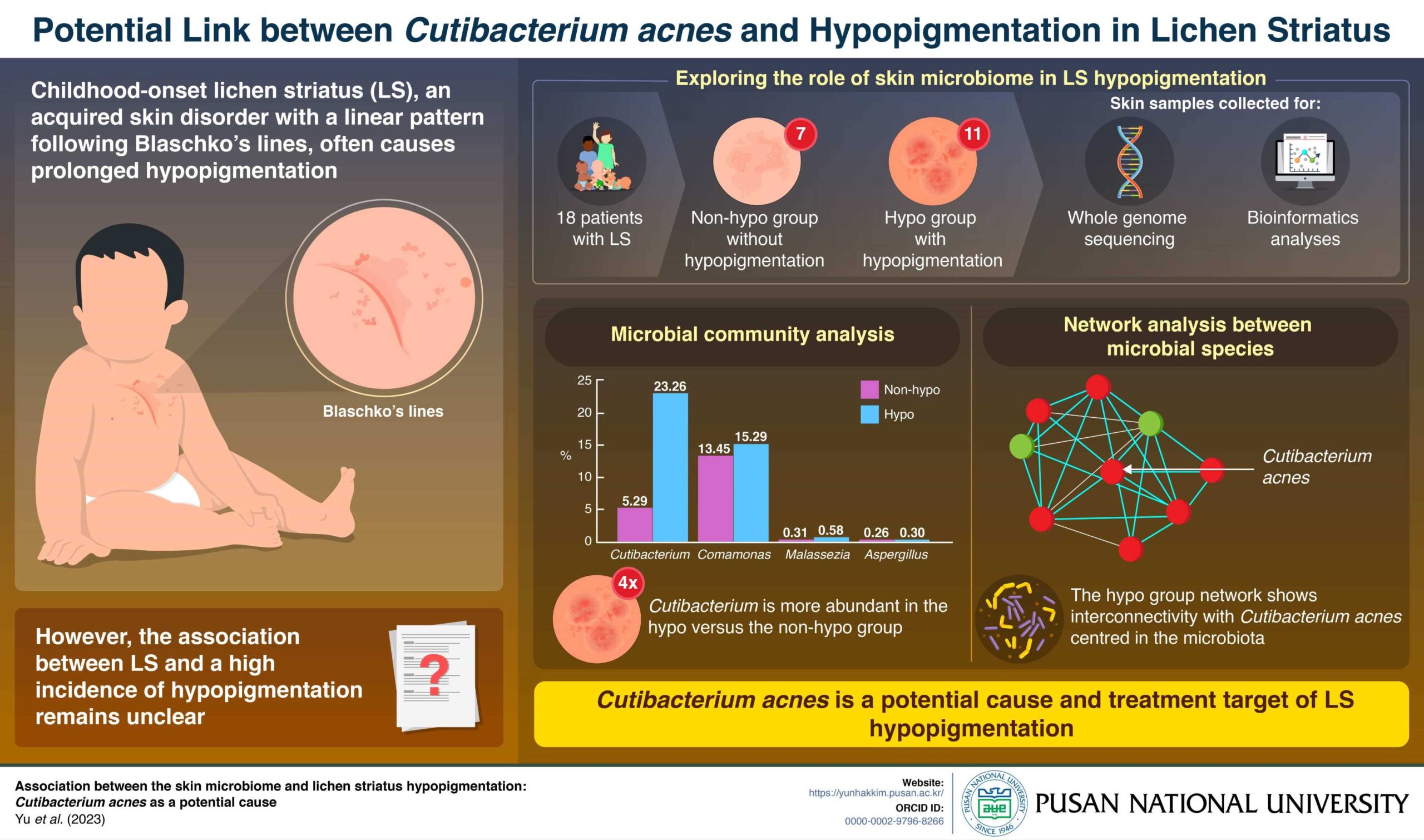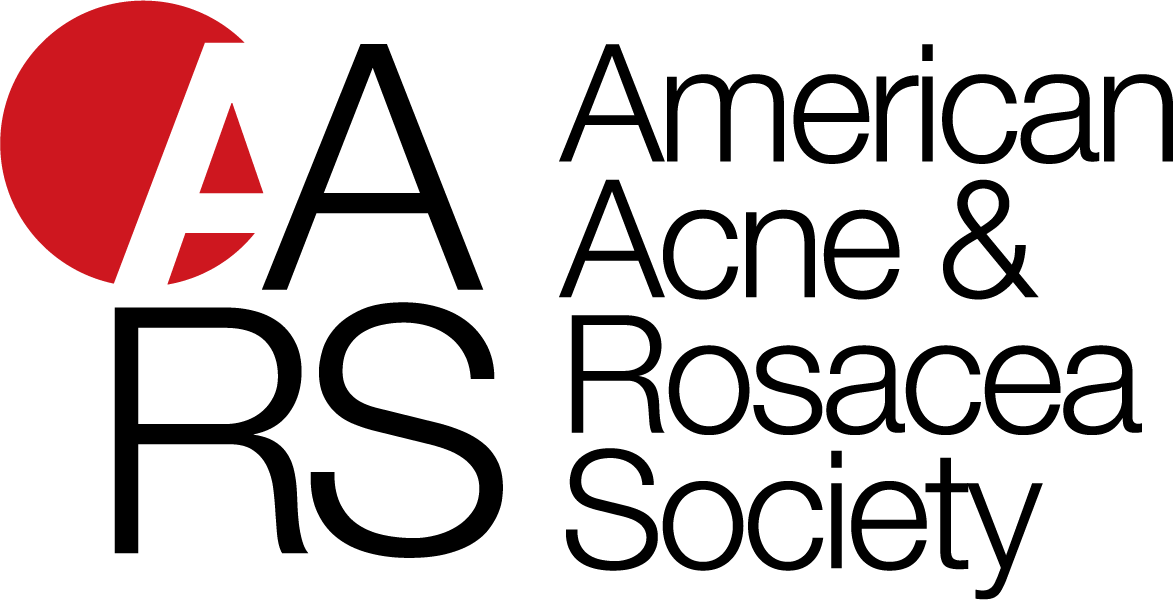Cutibacterium acnes may be associated with the development of lichen striatus (LS)-associated hypopigmentation, according to new research. When hypopigmentation develops in LS–a skin condition manifesting as linear eruptions following Blaschko’s lines on the trunk or limbs of children–it can persist for several months or years.
In efforts to elucidate the role of the microbiota in LS development, researchers from Pusan National University, collected and analyzed skin samples of 18 patients with biopsy-confirmed LS (11 with hypopigmentation and 7 without it). They used whole genome sequencing and bioinformatics analyses to assess microbial differences in the subjects.
Compared to patients with LS without hypopigmentation, patients with hypopigmentation had four times the presence of C. acnes (23.26% versus 5.29% of the entire microbiota).
Malassezia, which is associated with hypopigmentation in other skin disorders, was also abundant among patients with LS with hypopigmentation (0.58% versus 0.31% of the entire microbiota). Researchers say this finding, in particular the presence of Malassezia restricta, points at a potential link between Malassezia and LS hypopigmentation for targeted future research. Other microbes found to be elevated in LS were Comamonas (15.29% versus 13.45% of the entire microbiota) and Aspergillus (0.30% versus 0.26% of the entire microbiota).
Researchers hypothesize that general imbalance in the skin microbiota may be linked to risk for developing LS with hypopigmentation and that targeting C. acnes and Malassezia in particular may be potential approaches to reduce the duration of LS and/or risk of hypopigmentation.
The research appears in the Journal of the European Academy of Dermatology & Venereology.

Image credit: Yun Hak Kim from Pusan National University




